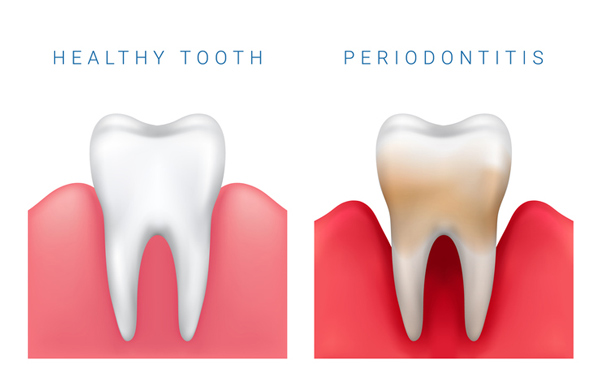South Ogden
Uses of Antibiotics in Periodontics
Periodontics is the specialty of dentistry concerned with supporting structures of the mouth, especially the tissues surrounding and supporting the teeth, known as the periodontium. People suffering from periodontitis are more susceptible to developing other infectious diseases such as pneumonia, bronchitis, and sinusitis. Considering these facts, we cannot underestimate the significance of antibiotics in periodontics. Here are some common uses of antibiotics in periodontics:

Treatment of Gum Disease
Antibiotics may be used with other treatments to treat mild to moderate forms of gum disease. The treatment is usually given locally through the mouth, but sometimes it’s given systemically (throughout the body). Antibiotics may be used alone or with other treatments, such as scaling and root planing (SRP). They’re also adjunct to scaling and root planning when there’s no improvement after three months of treatment.
Prevention of Periodontal Infection
Suppose you have moderate or severe gum disease. In that case, your dentist may prescribe antibiotics before dental procedures that can cause bleeding (such as tooth extractions) or damage the gums (such as scaling and root planning). These antibiotics don’t work for everyone; if they aren’t effective for you, your dentist may recommend taking them daily for two weeks before the procedure instead of immediately before it takes place.
Preparation of Treatment Sites
The use of antibiotics to prepare treatment sites is an accepted practice in periodontics. It is considered best practice. Antibiotics reduce the risk of infection during procedures such as surgical extractions and flap surgery. They may also be used during other procedures, such as biopsies and implants.
Post Operatively
Antibiotics can also be used after a periodontal surgical procedure or another therapy has been performed on your mouth or gums to reduce the risk of infection from any remaining bacteria that might have been left behind during or after your treatment session (for example, after scaling and root planning).
